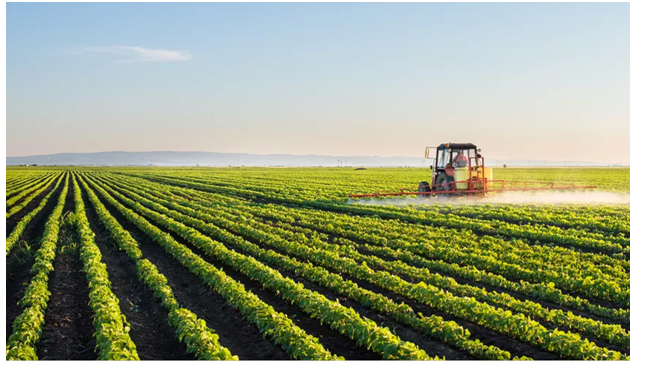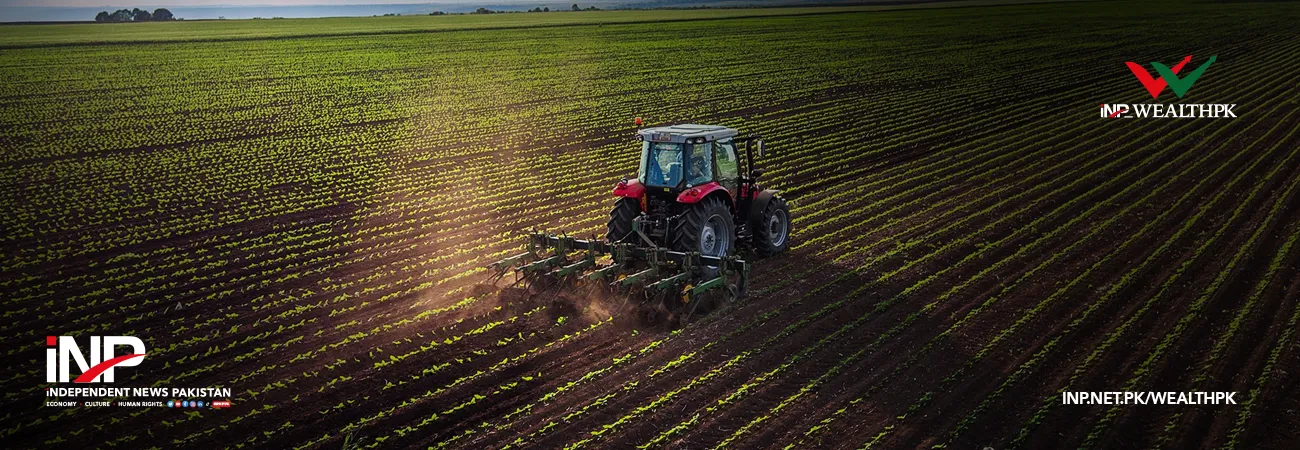INP-WealthPk
Ahmed Khan Malik

The Sindh government plans to enhance the agriculture productivity during the current financial year under a special project funded by the World Bank. “The provincial government has already successfully executed the Sindh Irrigated Agriculture Productivity Enhancement Programme’s Phase-I with a cost of Rs6.12 billion, and now the targets in the sector have been enhanced during the current fiscal for agriculture productivity,” said Zulfiqar Mangrio, Additional Director Sindh Agriculture Department. Talking to WealthPK, he pointed out that Sindh agriculture sector passed through tough times in recent years, adversely affecting its productivity.
He said the 2022 super floods had caused massive devastation, impacting 70% of the province. “Over 2 million houses were damaged or completely destroyed, leaving 12 million people homeless and vulnerable, mostly the people associated with the agriculture sector.” He said over 8,400 kilometres of roads were washed away, disrupting transportation and access from farm to market. “The agricultural sector, which sustains the livelihoods of many in the province, faced significant losses, with thousands of tonnes of ready-to-reap crops destroyed,” he noted.
Zulfiqar revealed that heavy rains/floods in 2022 caused losses to 80% of the standing crops in the province. “The government of Sindh took prompt initiatives for the revival of agriculture sector as it increased the minimum support price (MSP) of wheat from Rs2,200 per 40kg (2021-22) to Rs4,000/40kg (2022-23) to encourage farmers. A total of 147,446 farmers were provided Rs3.447 billion through the Benazir Income Support Programme for reimbursement of wheat seed. However, the people affected by the floods still need to be rehabilitated completely, which has not helped in the complete revival of this sector.”
Mujtaba Syed, Director of the Finance Section, said that allocation for the irrigation sector stood at Rs35.9 billion during the current fiscal year as against Rs25.7 billion last year showing an increase of 40%. He said the agriculture sector’s budget stood at Rs30.7 billion compared to Rs18.9 billion last year, with a huge increase of 62%, representing the government’s unending commitment to farmers and this sector. He said that rural households, including the landless, derived 56% of their income from agriculture directly or indirectly. “A typical poor household in rural Sindh has few assets and small land holdings, thus depending largely on income from agricultural labor.
The concentration of the poor is the highest among categories of households where the head is an unpaid family worker, sharecropper, or owner-cultivator owning less than two hectares of land.” Mujtaba pointed out that rural Sindh was highly dependent on public services, with little role played by the private sector. “Reforms to improve public service delivery and stimulate rural growth that raise agricultural and nonagricultural wages are therefore fundamental for reducing poverty in rural Sindh.”
Credit: INP-WealthPk













